
February marks the celebration of African American Heritage Month in Los Angeles. As one of the largest and most diverse cities in the nation, Los Angeles has greatly benefited from the presence and culture of African Americans who have called this city home, since its origin. In the coming weeks, LADOT will celebrate and commemorate the remarkable contributions and impact of African American Angelenos have made on our city. This week we’re focusing on a few historic corridors that have borne witness to the struggle and triumph of African American life in Los Angeles and are being redesigned to support a more thriving and equitable tomorrow.
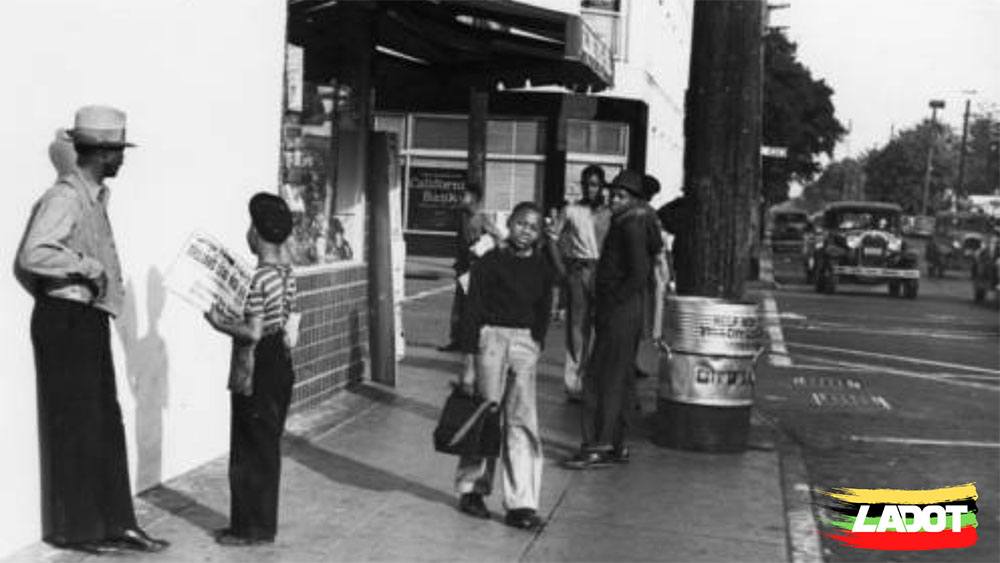
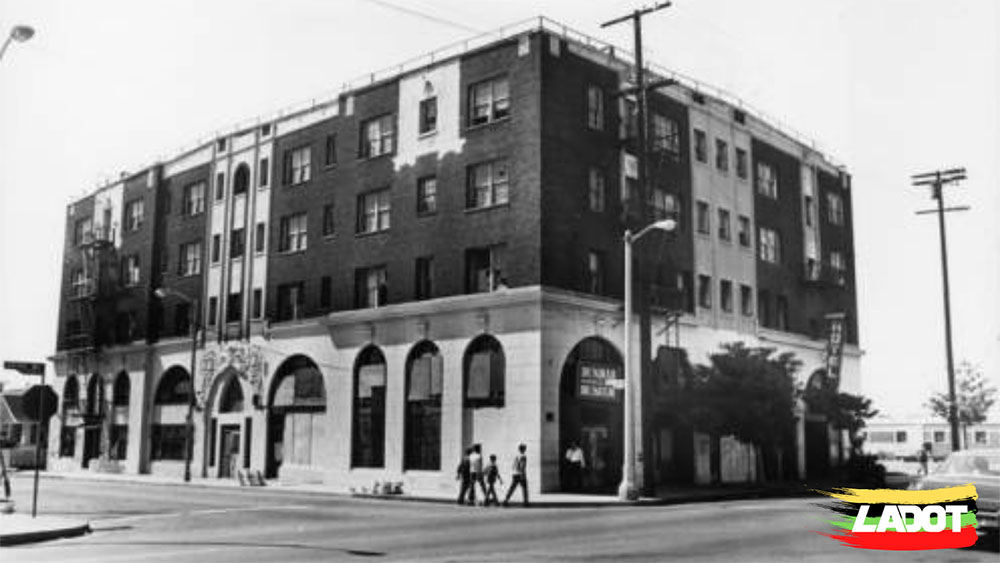
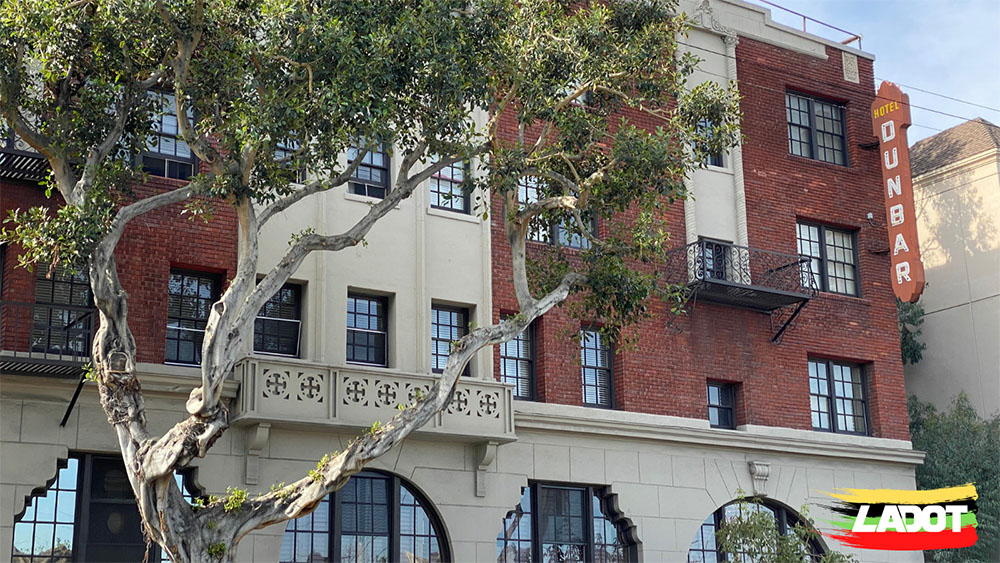
Central Avenue
Known as the hub of the West Coast jazz scene, Central Avenue was the destination for musicians, businessmen, and community leaders to gather. From the 1920s to 1950s Central Avenue made Los Angeles swing to the beat of music. The Dunbar Hotel was one of many sites that attracted notable figures such as Louis Armstrong, Ella Fitzgerald, and Billie Holiday. In addition to being a destination for jazz lovers, Central Avenue was home to a large African American community and Black-owned businesses.
West Adams
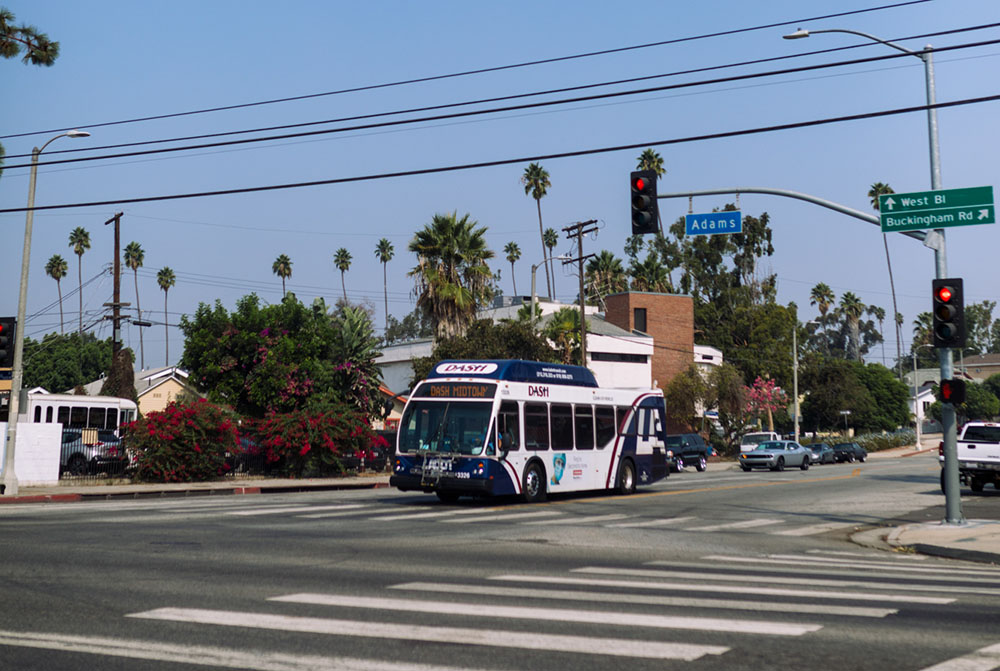
The Historic West Adams district is one of the oldest neighborhoods in the City of Los Angeles. This neighborhood embodies diversity and crosses cultures through businesses and venues such as Fais Do-Do, which showcases some of the best of the city's music such as Jazz, Blues and, R&B. As this neighborhood continues to bring Angelenos from different backgrounds together, we’re working with local businesses and residents to redesign Adams Boulevard as a complete street to improve traffic safety and connections for all. Learn more about the proposed safety improvements here: https://ladotlivablestreets.org/projects/adams
Bronzeville
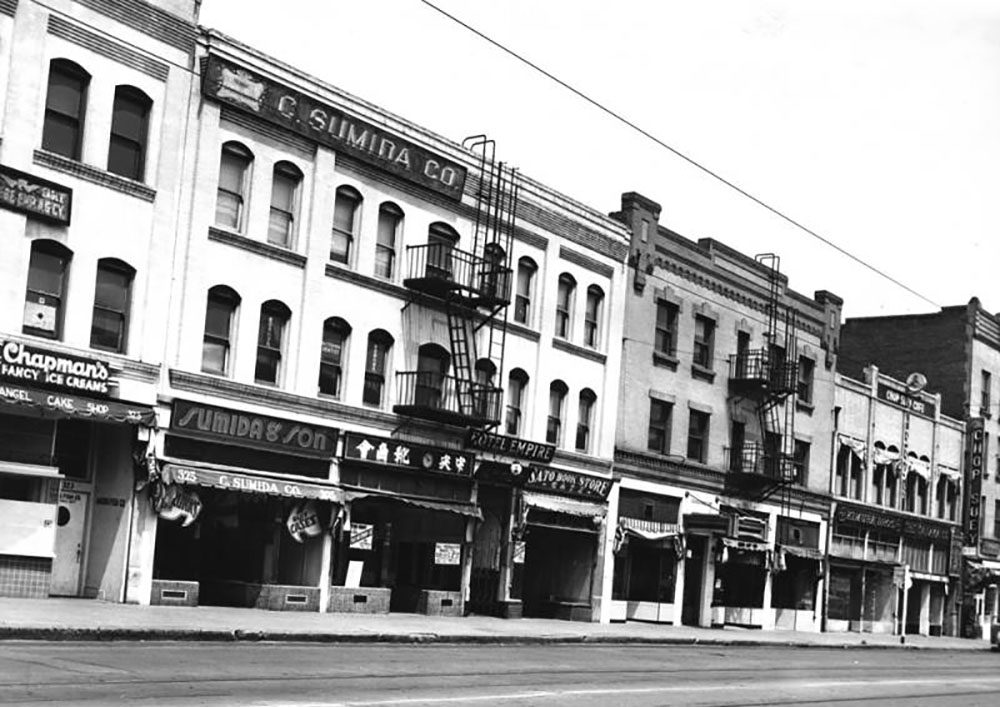
In the 1940s during World War II, many African Americans relocated to the City of Los Angeles in search of job opportunities from the American South. Housing shortages and racist segregation led them to build a community in Downtown Los Angeles known as Bronzeville, a portion of the city known today as Little Tokyo. Bronzeville was home to black-owned businesses and nightclubs like Shepp's Playhouse on 1st St. and Los Angeles St., a hotspot for local and touring musicians. Bronzeville faded in 1948 when racial housing covenants were ruled unconstitutional and African American Angelenos moved elsewhere.
Crenshaw Boulevard
Crenshaw Blvd has long been at the center of Black culture, art, community, and life in Los Angeles. After restrictive housing covenants were outlawed in our country in the 1950s, many African American Angelenos settled into homes and businesses along Crenshaw Boulevard. Today, community leaders have partnered with our City government to build Destination Crenshaw. Destination Crenshaw honors history and aims to lead with culture and celebrate Black LA through a 1.3 mile long public art project. This project broke ground one year ago, to create community gathering spaces with a central hub that will celebrate Black activism, arts, and education. It is more than just your average corridor, Destination Crenshaw transforms city streets that impact the heart and soul of Black L.A. Stay up to date with the latest project news here: https://destinationcrenshaw.la/

